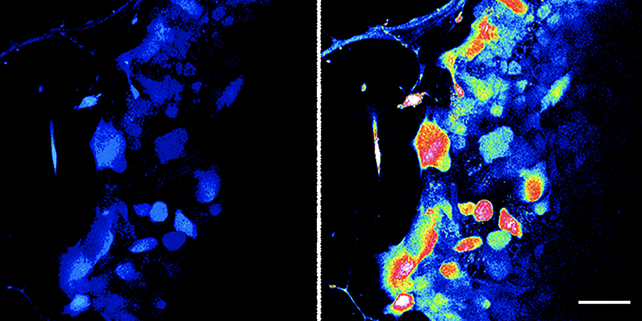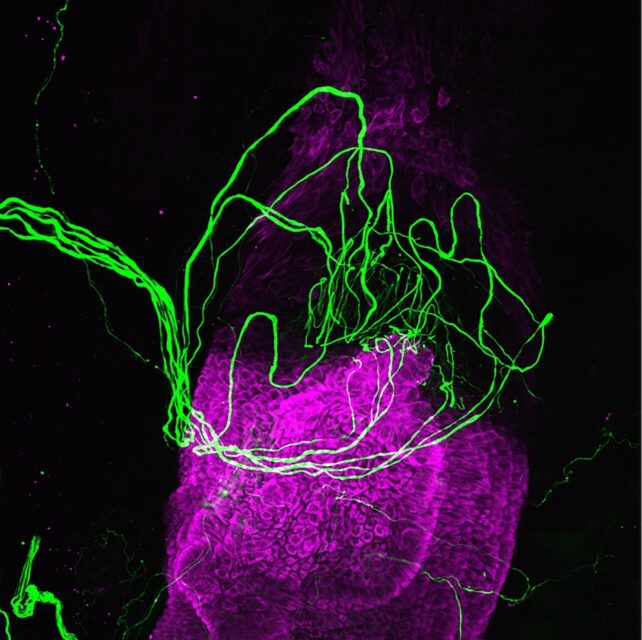Scientists discover a new human sense of touch
- November 1, 2023
- 0
A new study has discovered a previously unknown way we can sense light touch directly through our hair follicles. It was previously thought that only nerve endings in
A new study has discovered a previously unknown way we can sense light touch directly through our hair follicles. It was previously thought that only nerve endings in

A new study has discovered a previously unknown way we can sense light touch directly through our hair follicles. It was previously thought that only nerve endings in the skin and around hair follicles could transmit sensation.
A research team led by researchers at Imperial College London in the United Kingdom used RNA sequencing to discover that cells in the part of the hair follicle called the outer root sheath (ORS) have a higher proportion of touch-sensitive receptors than their counterparts. cells in the skin.
Based on this, the researchers created laboratory cultures of human hair follicle cells as well as sensory nerves. When hair follicle cells were mechanically stimulated, sensory nerves next to them were also activated, indicating that a touch was being registered.

Moreover, experiments have shown that the neurotransmitters serotonin and histamine are released by ORS cells through small sacs called vesicles as a way to send signals to surrounding cells.
“This is an exciting discovery because it raises many more questions for these cells: why do they fulfill this role, and what else can we learn from them about how our skin senses touch?” says neuroengineer Parastu Hashemi of Imperial College London.

Nerve cells that detect touch are called mechanoreceptors. We can feel everything through them, from a gentle breeze to a harsh pressure. In this case, hair follicle cells specifically interact with low-threshold mechanoreceptors (LTMR) that can detect light touch.
Although it was already known that body hair plays an important role in the sense of touch, researchers discovered a more detailed biological interaction between ORS and LTMR cells that goes beyond a simple mechanical response. One big question remains: “Why?”
“This is a surprising discovery because we don’t yet know why hair follicle cells play such a role in detecting light touch,” says bioengineer Claire Higgins from Imperial College London.
“Since the follicle contains many sensory nerve endings, we now want to determine whether the hair follicle activates certain types of sensory nerves by an unknown but unique mechanism.”
What is important to note about this study is that the experiments were repeated using skin cells, not hair follicle cells: in this case, histamine was released, but very little serotonin. This suggests something unique about what ORS cells do. Given that histamine plays a key role in a variety of inflammatory skin conditions, including eczema, it’s possible that further research into how hair follicles sense touch could lead to better treatments and preventive measures.
“Our study reveals a novel role for skin cells in histamine release, with possible applications for eczema research,” says Higgins. Source
Source: Port Altele
As an experienced journalist and author, Mary has been reporting on the latest news and trends for over 5 years. With a passion for uncovering the stories behind the headlines, Mary has earned a reputation as a trusted voice in the world of journalism. Her writing style is insightful, engaging and thought-provoking, as she takes a deep dive into the most pressing issues of our time.